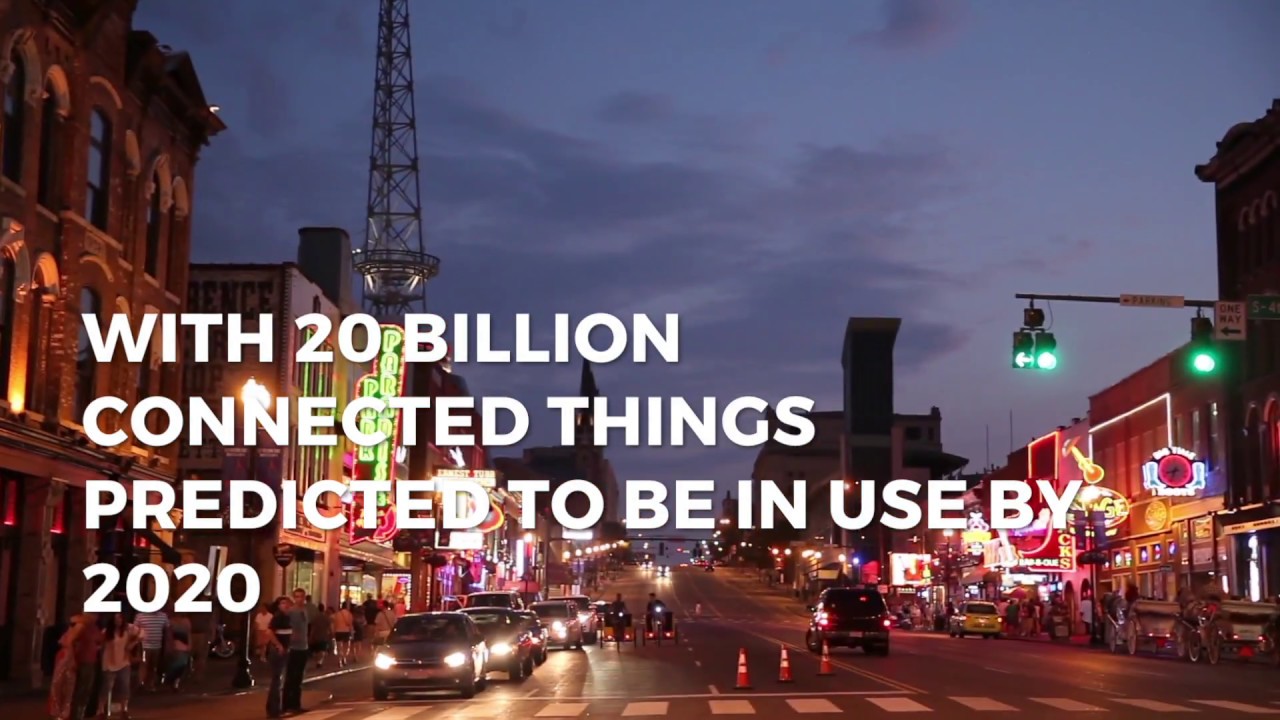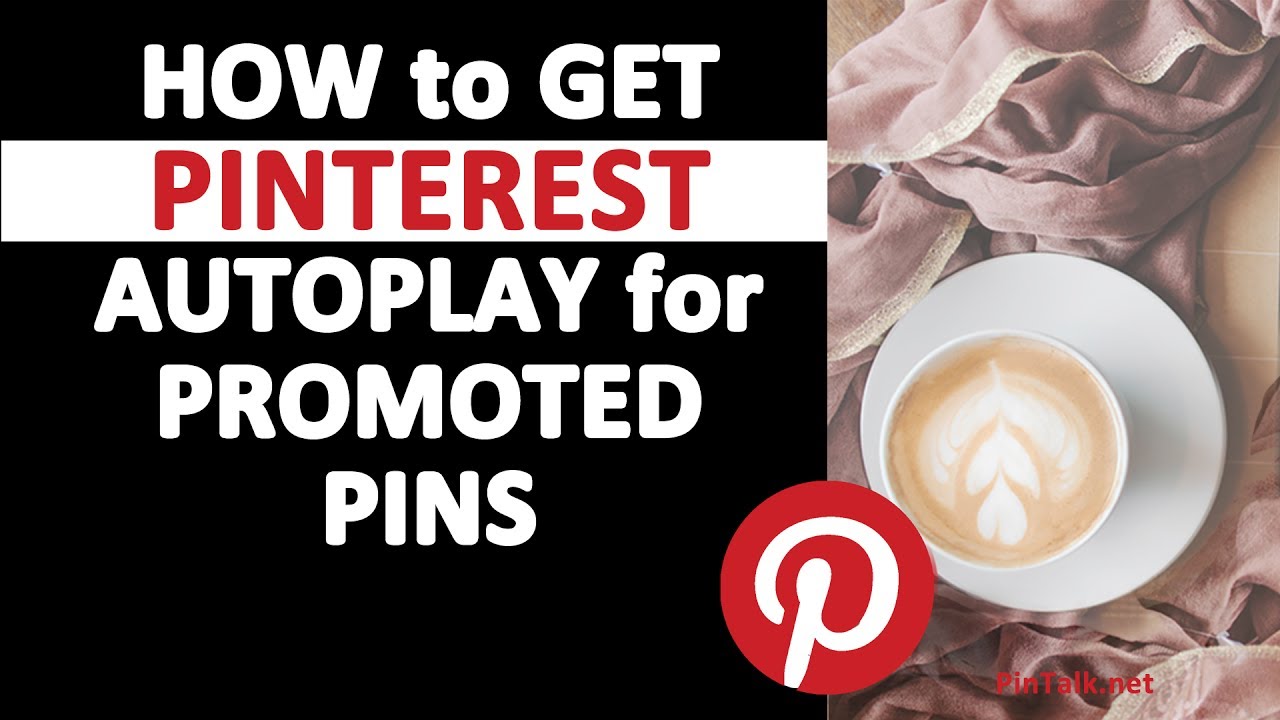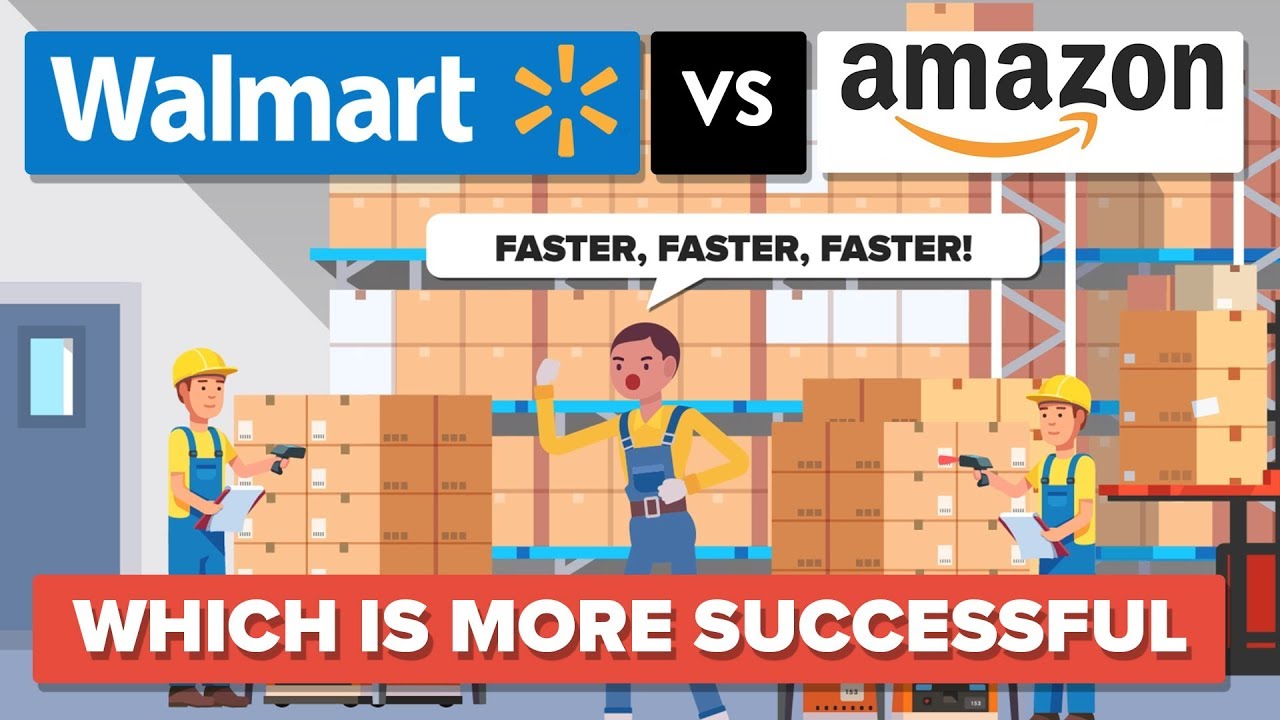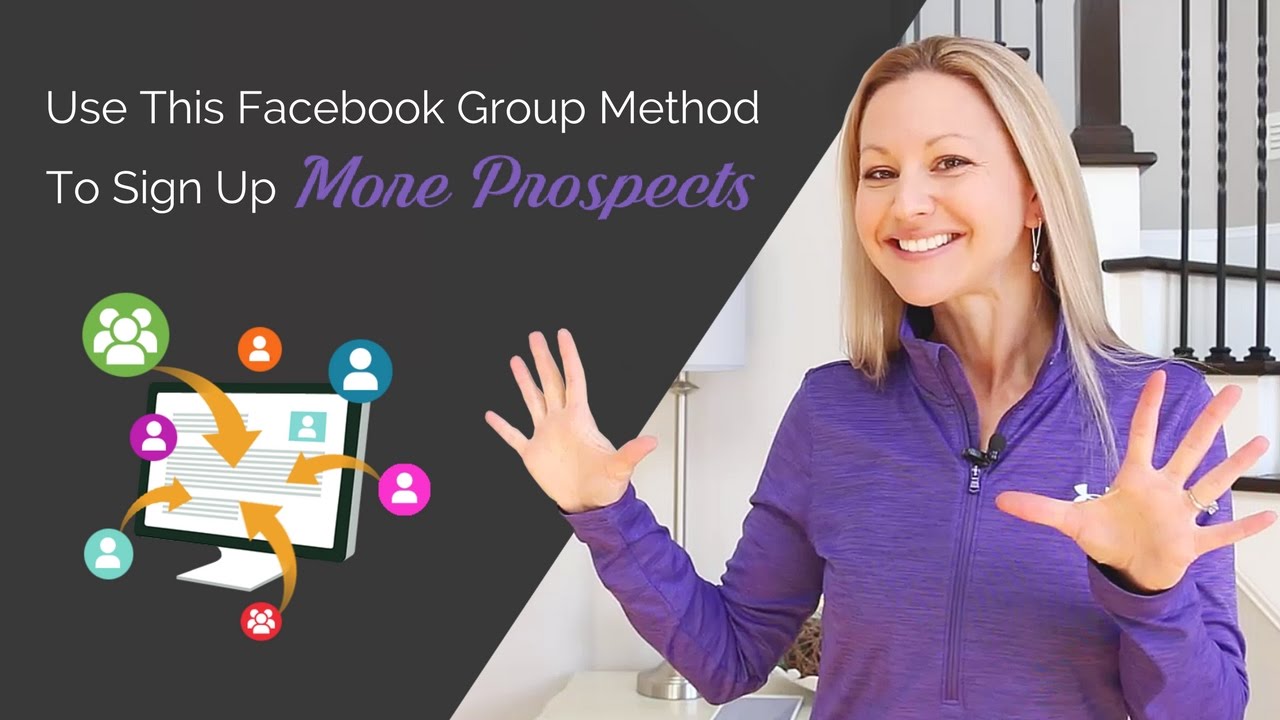How Can Location Data Help You Grow Your Business
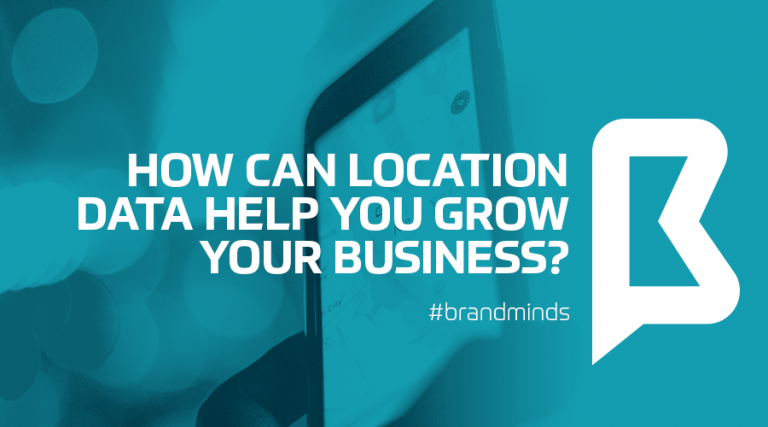
The importance of data is growing daily and its impact on the businesses as well. Gathered and used in smart ways it can help you reach the right audience, in the right way. In other words, it’s a known fact that location intelligence has become a fundamental part of some of the most successful businesses in the world today. Tough economic times and the advancement of new technology in recent years have massively pushed the need for businesses to gain more transparent and competitive insights on their performance and opportunities.
According to geovation.uk, location provides meaningful context. It can identify essential relationships between geography and consumer experiences, products and services. Location intelligence answers important questions, such as ‘where are my most valuable customers?’, ‘where are the issues impacting my supply chain?’ Location intelligence can detect clusters and patterns of events, make predictions, and provide the basis on which to make better business decisions.
Knowing the location of users, employees and company assets is becoming a vital part of many businesses in order to act efficiently and make informed decisions. From helping customers locate relevant amenities (e.g. Foursquare, Tripadvisor) to logistics companies optimizing delivery routes (UPS, Hermes), location, spatial data and digital mapping are playing a pivotal role in these business functions.
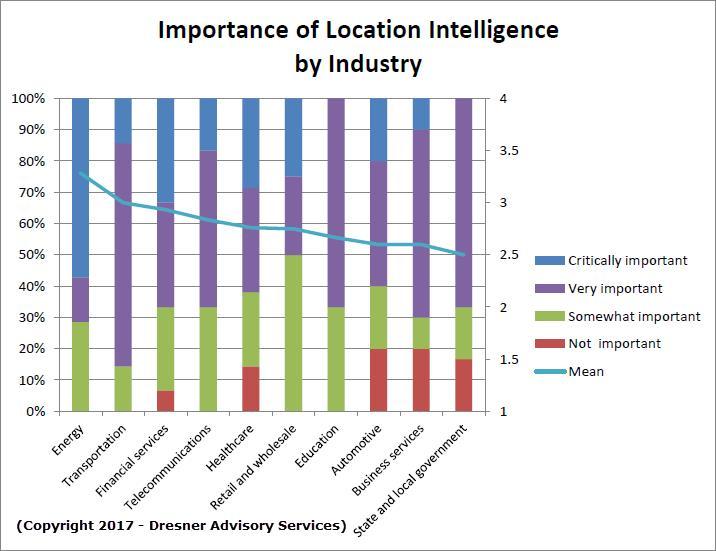
At the same time, location represents a great manner of revealing relationships between data sets that might not have otherwise been obvious and, through location analytics, arrive at great insights.
Worries about concerns like user privacy and data quality are valid: Know that it’s important to source location-informed insights from opt-in data that is thoroughly cleansed and, most importantly, aggregated and anonymized (the Location Search Association recently published a valuable landscape report analyzing the key providers in the space). Be sure to work with a data provider that adheres to emerging industry best practices, including use of data sourced only from apps with specific user opt-in (like Apple is now mandating), and complies with country-specific regulations, like GDPR. – entrepreneur.com
Data company Carto partnered with market research firm Hanover Research on a February 2018 study called “The State of Location Intelligence 2018,” surveying more than 200 C-level executives about the ways their companies are using location data to identify new consumer markets, improve marketing strategies and improve customer service. Here are some of their main findings:
- 66% of respondents said that Location Intelligence was “Very” or “Extremely” important today for their businesses, 78% said it would be in the next year, and 85% said it would be in the next three years.
- Only 27% said that they use any kind of custom geography and 17% use block groups. To understand location data, businesses must begin visualizing and analyzing at a deeper geographic level.
- Nearly all C-level and management level respondents,especially those from small to mid-sized organizations, note a strong likelihood to invest in Location
Intelligence within the next one (78%) to three years (84%). - Companies are very interested in finding data scientists that understand how to manipulate spatial data effectively, and conducting iterative spatial analysis is the most important step in applying Location Intelligence.
- “Ensuring data quality and accuracy” (49%), “gathering data real time” (40%), and “extracting data from existing systems in a usable way” (39%) are more commonplace challenges in terms of data collection.
Taking a closer look at these data, we can see for sure that if you know how to tap into the Location Intelligence right, your business can have a bright future and even expand, especially because many aren’t already using it at its full potential.
Therefore, how can you do more and be ahead of the rest? Entrepreneur.com is giving you some ideas:
- Use the big potential that research is offering you. “Location data can provide a stronger context of your target audience to better activate consumers. Beyond just marketing what you already have, it can also help reveal opportunities for products or services that you’ve not yet developed or marketed.”
- Competitive Intelligence. “This wealth of insight about where people go in the real world and, in particular, how they interact with your competition, is invaluable intelligence to your business and can help inform decisions about everything from pricing and inventory to in-store promotions and staffing levels.”
- Acquisition and investments. “Asset managers are increasingly turning to location data to inform their investments, according to a recent report from Optimas. Given this trend, location data should most definitely be part of your due diligence when evaluating any prospective investment or acquisition. Evaluate the foot traffic patterns in and around the business you’re considering and think about what it might reveal.”
More on the subject, tap here.
Inspirational study cases one can find in this Forbes article.
The Main 10 Tricks Any Marketer Should Know
Working in marketing may be one of the most beautiful jobs on Earth as it keeps you always up-to-date with the new trends in the market and is a very fast paced industry. At the same time, receiving some new ideas and points of view comes handy from time to time, therefore we decided to offer you some tricks that we believe will never get old.
1.Load up on data fast. “Facebook advertising can deliver the cheapest CPM’s in online marketing with the ability to test ad efficiency in real-time. Use the power editor “duplicate” tool to create hundreds of ads and change one element per ad. Give these a small budget, and you’ll quickly see what works and what doesn’t without breaking the bank. Double down on the ones that work, and kill the ones that don’t.” – Kyle Ivins, co-founder Envolve Agency for Entrepreneur.com
2.Reduce your subject lines to only one word and get an immediate lift in email marketing. Make sure that you choose that word carefully, as it should create curiosity, while at the same time remain relevant to your message.
3.Watch your competitors’ mentions. You can start by creating a Google Alert for your competitors’ brand names (the ones that you admire,of course). This way you will find out where they are being mentioned and in what context. When you will find an opportunity to be mentioned alongside them, on a subject that fits your business good and /or you have a great angle to approach and present, you should take advantage of it and try and appear in the same context. It’s important to know that journalists might be open to include your point of view.
4.Use Google Trends that recently added new features and simplified its navigation, in order to make it easier to explore data based stories.
5.Promote your content through a .com domain as often as possible. 84% of top-ranking pages use .com as their top-level domain.
6.Live stream as much as possible. This represents an easy way to attract visitors towards your channel, to introduce the customers to your team members, show live events of your company that can project you a real living brand for the customers.
7.Guest blog on popular industry sites and put a link back to your site within your byline or bio. This builds traffic as well as personal brand authority.
8.Re-invent the “old” content in such a manner that will bring something fresh to users who may not have seen it.
9.Use decoy pricing. This is a tactic that boosts sales of high-profit items by creating another version of the product solely to make the pricier versions seem economical by comparison.
10.Endorsed relationships. This is one of the most powerful marketing tools on the planet. They open doors, build trust and create opportunities. And that pretty fast and easy. All you have to do is find the right persons to take beside you and make sure you add this valuable business asset to your marketing mix.
5 pieces of advice for entrepreneurs in 2018, the media agency point of view
Having the right media mix and campaigns represents a very important moment in a company’s marketing strategy. Choosing the right track might be hard to find, therefore every business needs a good media consultant. A point of view written by Razvan Varabiescu – CEO Dentsu Aegis Network Romania.

- Disrupt Or You Will Be Disrupted.
In a digital economy you have to look at things as a start up or as a business turnaround. If in the past because of the volume of media budgets one could afford to “ignore” the small competitors who due to the financial entry barrier did not afford big reach on TV or other kind of exposures, today, regardless if you are a startup or a 20-year market leader, one can not ignore the new environments, the opportunities that appear, you have to be forever ready to disrupt and to think things like a start up.
- Content Is King
Today, the consumer has an overwhelming number of options on how to consume media. Whether we are talking about digital radio or analogue TV or live vs. registered by Netflix, Amazon Prime, HBO Go, YouTube etc., it is very important to integrate the product into the content. The environments are evolving and it is increasingly difficult to predict where and how consumers consume media. However, it is certain that the relevant content for them is different, so the big players continue to invest permanently in premium and unique content. The more we manage to integrate the media into the content, the more we make sure that we will not be ignored.
- Data Is The New Currency
Everybody talks about our data. However, data collection is still at the beginning. 92% of the data we have today is gathered over the past 2 years and probably the trend will continue. It is still not too late to collect data on our consumers. Why? This is simple: in the future when all the media acquisition is done programmatically, the data we have will make the difference. Imagine a world where the cost per thousand is given by supply and demand, the difference being made by how many consumers I need to reach to meet my marketing goals, sales, etc.; the most effective campaign will be the one that achieves its goals by reaching as few people as possible by getting in contact with those who are willing to act. But how do we figure out who they are? Using the data, obviously.
- Strategic Thinking At The Core
As media moves towards programmatic, the price pressure will drop and a relevant and different strategy will make a difference. If in the past we were all strategists and we had strategies for media, PR, BTL, communication, marketing, etc. all today’s touchpoints are interconnected and need to have a single strategy able to deliver in all communication disciplines. We cannot have a TV campaign anymore and pray that someone writes a post on a blog about the product, we cannot pay 2 bloggers hoping to get the story. Things must be thought from the beginning, interconnected, measured. The strategy will make the difference exactly as low prices on TV was the law.
- Attract The Right Talents
This is probably another cliché. But we have to realize that the Y generation is the generation that will provide the main workforce for the next 20 years. 54% of companies will work with online workforce over the next 5 years. It’s the savvy digital generation. Every hour a car replaces the work of a man. The main problem we have in the coming years is to succeed in attracting and securing talent in the organization. For this, every manager should ask himself how can he change organizational culture to adapt to the new needs of the millennial generation. Let’s not forget we’re talking about a sensitive generation called the Snowflake Generation.
All you need to know about autoplay video in Pinterest ads
Pinterest’s Promoted Video ad units, introduced on August 2016, went on auto-play in 2017. The new type of Promoted Video begins playing as soon as users scroll across it in their feeds, and these ad units will also auto-play in Pinterest’s search results.
“Pinterest has had to make the argument to advertisers that its 175 million users behave differently on Pinterest when compared to Facebook and Google, or even Twitter and Snap. Pinterest users come to the site and dig through products and recipes, among other things, for ideas. They then search deeper into topics, save them, and then eventually in theory acting on them later — either by cooking the dish or buying a product. Pinterest’s pitch is that unlike Facebook and Google, which can offer a compelling ad product for one point of that part of a customer’s buying life, it can offer products across the whole timeline,” wrote TechCrunch.
Moreover, said AdWeek, “Pinterest announced that Nielsen Mobile Digital Ad Ratings will measure audience reach of campaigns using Promoted Video with auto-play, while Moat will provide data on viewability, or how much of the videos were in view. They join existing measurement partners Millward Brown for brand lift and Oracle Data Cloud to measure the impact on offline sales”.
According to Pinterest’s Business page, Promoted Video delivers dramatic results, including lifts in brand awareness and favorability. Plus, using Promoted Video to show your ideas in action produces big gains in intent to act. “With 80% of Pinners using mobile devices to access our platform, it pays to use Promoted Videos, a naturally engaging format that can quickly capture the interest of this on-the-move audience,” concludes the post.
Online versus offline retail war ending soon?
“2018 will mark death of online versus offline retail war”, said Mariam Asmar, McCann London’s strategy and innovation director, for Campaign UK.
What is for certain is that both worlds willcontinue for sure to exists for a good while. In a demanding night and day economy, consumers want access to shopping at all times. They want to use price comparison sites, they want infinite choice in styles and sizes and they want to do it all from the comfort of their own home without the pressure of three different sales assistants hanging around waiting to bag some commission.
At the same time, “physical brick and mortar stores will continue to have a place in a world that still requires, and desires, human connection. The current statistic is that 90% of purchases in the UK are still made in store, while 60% of Generation Z consumers value the store experience. Millennials even want to shop in places they can touch, feel and see their product. Not to mention for some, shopping is an experience and they appreciate input and care from the staff and in store experiences,” wrote liveandbreathe.com.
Last year, in the USA, according to “The Atlantic”, online shopping was having an offline moment, as more e-commerce companies, such as RentTheRunway and Bonobos, invested in the physical stores they once made seem obsolete. Leading the trend is Amazon, the undisputed king of online shopping, which spent $14 billion to buy Whole Foods and its nearly 500 physical locations. “According to internal documents, the company believes there is support for another 2,000 Amazon Fresh–branded grocery stores. This throwback revolution is happening in the midst of what otherwise feels like a “retail apocalypse.” Bankruptcies are rising among clothing chains, like Wet Seal, and retail icons, like Toys “R” Us, which are stuck with a glut of shopping space and squeezed between stagnating sales and large debt obligations,” wrote “The Atlantic”.
While Amazon did make a bigger splash with its $13.7 billion investment, Walmart beefed up an e-commerce stable that already includes the acquisitions of digital natives Jet.com, Shoebuy, ModCloth and Moosejaw. Collectively, these M&A deals have set Amazon, the world’s largest e-commerce company, on a direct collision with Walmart, the world’s largest retailer, to be the “everything store” in an omni-channel world — where consumers no longer distinguish between shopping online and offline.
In the future, Amazon could upgrade Whole Foods with innovative retail technologies in use at its fully automated experimental store, Amazon Go, where shoppers pick up their food and leave. There are no cashiers or checkout lines. Amazon tracks what’s taken, or put back, and charges their accounts.
Moreover, “several brick-and-mortar companies with large footprints are struggling while e-commerce companies that once launched pop-ups as mere marketing tools have realized the value of storefronts,”considers The Atlantic. For instance Amazon sees a growth in online shopping in regions where it’s opened a physical store, according to CNBC. “Five years from now, we won’t be debating whether ‘e-tailers’ are taking share from ‘brick & mortar retailers,’” Citi Research analysts recently wrote, “because they are all the same.” The trend even comes with an inevitable, and regrettable, catchphrase: “bricks and clicks.”
“Among the nation’s top 300 malls, brick-and-mortar space occupied by retailers that started online has grown by approximately 1,000 percent since 2012, according to the real-estate data company CoStar Group. While they currently account for a minuscule part of mall volume, landlords increasingly consider them critical to attracting Millennials to these malls in the first place,” adds “The Atlantic”.
In India, another big and important country, according to blog.markgrowth.com, “the FMCG is vertical: 90% of sales happen via mom and pop stores (Kirana) which are plenty in number. The remaining 10% of sales is accounted for by Modern Trade outlets ( Large Retail format stores similar to Walmart ) and the online channel. Now, these mom and pop stores are not going to go anywhere ( Over 10 million outlets in every nook and corner of the country!). Technology will aid these stores in the near future which will arm retailers with data regarding consumption patterns for instance, which will prevent stock-outs leading to an enhanced experience on the whole.”
More about the e-commerce in India and the classic retail industry one can read here and here.
Meanwhile, in China, according to www.scmp.com, malls are starting their own digital stores as they hitch their bandwagon to the concept of “new retail” pioneered by the Alibaba Holding Group chairman, Jack Ma Yun. The “online-offline integrated experience” is increasingly being used by Chinese retail property operators, who see it as a critical way of gaining insight into consumers’ shopping patterns and responding to these quickly.
Facebook Groups for brands and how they work
A ccording to Facebook more than 100 million people are members of what they call “very meaningful” groups.
“These are groups that upon joining, quickly become the most important part of our social network experience and an important part of our physical support structure. For example, many new parents tell us that joining a parenting group after having a child fits this purpose.”
As such, “Facebook sees groups as an opportunity for the platform to boost engagement and interaction, making The Social Network an even more important part of our interactive process. And there’s a growing range of opportunities for brands in this evolution. You need to tread carefully – you can’t just rush in spamming everyone and everything, everywhere you can, hoping for a good result – but there are ways to utilize Facebook’s renewed Groups focus to further your reach and resonance on the world’s biggest social network,” says Andrew Hutchinson for Social Media Today.
Before the social network boom, online communities and forums were THE spaces that allowed people to interact, collaborate, share content, and learn from each other. “Now maybe Facebook, Twitter, Google+, and dozens of other social networks have stolen a big part of the spotlight, but lately, groups, forums, and online communities are once again regaining their power, and with great force. Why? Because brands are finding it harder and harder to gain exposure and reach their fans and followers on platforms like Facebook. Also, because companies are finally realizing that people today more than ever, seek to satisfy the need for a “sense of belonging,” to express, to learn, and to share,” writes Josefina Casas for Postcron.com.
What offer the groups even more after the recent updates?
The possibility for pages to post into groups
In the past, only individual members were able to post in Groups, but now, you can be logged on as a Page and can comment and interact within a group setting as a direct representative of your business. One of the biggest pluses and benefits is that you can now offer advice, assistance and technical support from your official brand account, which lends more weight to your advice, while also serving as a brand building process in itself.
Still, it’s important to know not to tackle it in the wrong way by becoming to insistent or aggressive. Your audience needs to see you as a consultant and advice bringer, not a psychopath. Offering assistance where possible can be a great way to boost your business.
Having analytics on your side
The recently launched Group Analytics feature, provides a range of key data points to help group admins get a better understanding of their audience, and how to maximize response. Research are data are proving to be as important as ever nowadays, helping the brands remain relevant and offering their target what they need and want. The pieces of relevant information received on members and engagement, and also on the days and times when people are most active within your group, are enabling you to better plan and schedule your content to maximize response. There’s also demographic breakdowns, which can not only help you get a better understanding of your core, engaged target audience within your group, but can also improve your wider market research efforts.
More you can also read here.
5 Free Instagram Analytics Tools for Marketers
Finding the right strategy that will for sure help your brand is not an easy task. The right Instagram tools can provide analytics to inform your social media strategy and content scheduling. If you are looking for some free tools to help your business on Instagram, we have 5 ideas that would come in handy.
Instagram Insights
If you’ve set up your Instagram business account, you have access to free analytics through the Instagram app. Instagram Insights provides basic stats for assessing your Instagram marketing efforts. Find out more about your followers, when they’re on Instagram, and what your top posts are. This information will help you choose content more likely to resonate with your audience.
To access these insights, tap the bar chart icon in the top-right corner of the app. The first analytics screen shows high-level insights for the last week and comparison stats for the week before. You can view your total impressions, reach, profile views, and website clicks. It also shows your top posts and stats for your Instagram stories from the last 24 hours. Swipe to the right to see your reach. Swipe right one more time to see website clicks data.
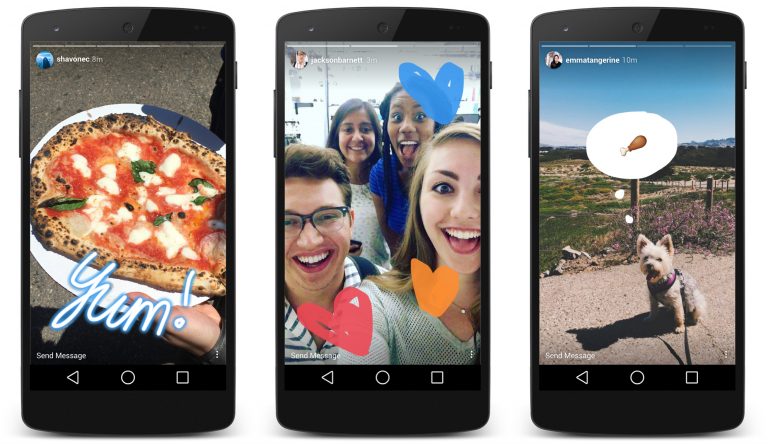
source: TechCrunch
You can also view your top posts insights, just by tapping the see more link next to top posts and the top six posts from the past seven days sorted by impressions. The tool also allows you to see followers insights. Back on the main Insights page for your account, scroll down to the Followers chart of times when your followers are on Instagram. Also, if you’re running paid Instagram ads, the Promotions section of the main Insights screen gives you relevant stats on your campaigns.
Socialbakers
With Socialbakers, you can get a free report on your most popular Instagram photos, filters, and hashtags, and all of your interactions with followers. The most useful sections are the most liked and most commented posts because this information can help inform the types of images you use in future Instagram posts.

To get your free report, go to Socialbakers’ Free Instagram Analytics Tool and click Login With Instagram.
Simply Measured
Simply Measured offers a free Instagram report for users with up to 25,000 followers. The stats and insights are presented clearly and will help inform your Instagram posting strategy. The report lets you quickly see what has worked well in your Instagram marketing, so you can apply these insights to future posts. To get started, type your Instagram account name in the text box and click Authenticate With Any Instagram Account. Then log in and authorize Simply Measured to access information from your Instagram account. When you receive your report, you’ll find three tabs of information: Charts, Scorecard, and Appendix. The buttons in the top-right corner of the screen let you download the report to Excel or export it to PowerPoint.
On the Charts tab, you can view a wealth of insights about your most engaging posts and average engagement per post. Moreover, the Engagement chart shows Instagram engagement over time. See total engagement, engagement as a percentage of followers, and information on likes and comments your photos and videos received.
You can also examine the Scorecard (it gives you some basic stats about your Instagram account) and Appendix Tabs (check out a table of your top posts sorted by highest engagement with the date of the post, type, likes, comments, and total engagement – likes and comments).
It offers a free Instagram account checkup to assess how you’re doing on the network. While the report isn’t as comprehensive as some others, it offers handy nuggets of data for marketers. It helps you determine the best time to post, which hashtags to use, and what content to post more (or less) of. It also highlights your top followers and reminds you to engage with them. To access your free report, click Start Your Checkup on the home page and then sign up for a Union Metrics account.
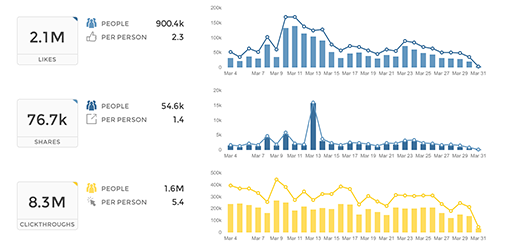
You can view the number of posts by day. Use the icons in the top-right corner of the page to share, print, or download your report. Scroll down to examine more stats with recommendations from Union Metrics, such as the best time and day to post. You can also view stats and visuals for your top-performing posts. If you click the circles on the hashtag report, you can see more information about the hashtags, which is a handy feature.
Squarelovin
With Squarelovin, you can get free basic Instagram analytics. The Optimization section offers insights that help inform Instagram posting. The “worst times to post” information is especially valuable. First, you’ll need to sign up for a Squarelovin account. On your dashboard, you can view high-level stats and access additional analytics screens. On the Postings tab, you’ll get information on your post history and top posts. It also shows your posts by year and month and day and time. The Engagement tab shows information on likes and comments, and highlights the top liked and top commented posts. The Optimization tab shows the best time and day to post on Instagram, but also the worst times to post on specific days.
If you use different filters on Instagram, you can also view the impact of those filters. Moreover, the report lets you see all of the Instagram hashtags you’ve used next to a list of the most popular hashtags. You can quickly see if you’re using top hashtags or if you need to rethink your hashtag strategy.
Understanding whom your Instagram fans are and what content they engage with and when will give you ideas for future content to share on the network.
Online identity protection – 10 simple tips
source: medibid
Up to 9 million Americans have their identities stolen each year according to the FTC , and at least 534 million personal records have been compromised since 2005 through attacks on the data bases of businesses, government bodies, institutions, and organizations. For some consumers, identity theft is an annoying inconvenience and they can quickly resolve their problems and restore their identity. For others, recovering their identity can cost hundreds, even thousands of dollars, take months to resolve, cause tremendous damage to their reputation, cause them to lose job opportunities, even influence the rejection of loan applications for school, homes or cars because would-be employers or loan companies see the damage on your credit scores.
In order to help you prevent these types of situations, here are some tips & tricks you should follow:
- Protect your computer and smartphone with strong, up-to-date security software. If your computer or phone is infected with malicious software, other safeguards are of little help because you’ve given the criminals the key to all your online actions. Also be sure that any operating system updates are installed.
- Learn to spot spam and scams. Though some phishing scams are easy to identify, other phishing attempts in email, Instant Messaging, on social networking sites, or websites can look very legitimate. The only way to never fall for phishing scam is to never click on a link that has been sent to you by someone you don’t know, looks suspicious or from a third party that you didn’t request the information from.
- Use strong passwords. Weak passwords are an identity thief’s dream – especially if you use the same password everywhere. You need passwords that are long (over 10 characters), strong (use upper and lower case letters, numbers and symbols), and that have nothing to do with your personal information (like name, age, birth date, pet)
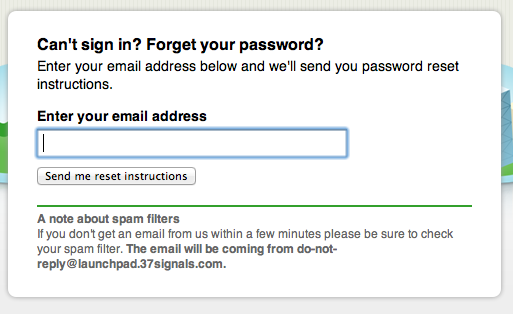
- Use multiple passwords. Have more than one password for online accounts or – if it’s cracked – thieves will be able to gain access to all your private data at once.
- Freeze your credit. Criminals use stolen ID’s to open new lines of credit. You can thwart their efforts to use your identity by simply locking (called freezing) your credit so that no new credit can be given without additional information and controls.
- Monitor & review your credit scores and bank data. Look too see if there are new credit cards, loans or other transactions on your account that you are not aware of. If there are, take immediate steps to have these terminated and investigated.
- Only use reputable websites when making purchases. If you don’t know the reputation of a company that you want to purchase from, do your homework. How are they reviewed by other users? Do they use a secure, encrypted connection for personal and financial information?
- Stay alert. Watch for common signs of identity theft like:
- false information on your credit reports, including your personal numeric code, address(es), name or employer’s name.
- Missing bills or other mail. If your bills don’t arrive, or come late, contact your creditors. A missing bill may indicate that an ID thief has hijacked your account and changed your billing address to help hide the crime.
- Getting new credit cards sent to you that you didn’t apply for.
- Having a credit approval denied or being subjected to high interest rates for no apparent reason.
- Receiving calls or notices about past due bills for products or services you didn’t buy.
- Exclude important personal information from your social media profile. On Facebook, that means culling any ‘friends’ you don’t know, minimizing the details in your ‘About Me’ section and being selective about hitting the ‘like’ button, all of which will make you harder to find.source: backtoyourcountrynavigator
- Check your social media & phone privacy settings. Change all Facebook settings to “Friends Only” for all posts for a more secure profile. Facebook often makes changes to these settings and, when it does so, can even reset your secure settings. Moreover, turning your GPS location settings to “off” can also keep your family’s whereabouts more private.
